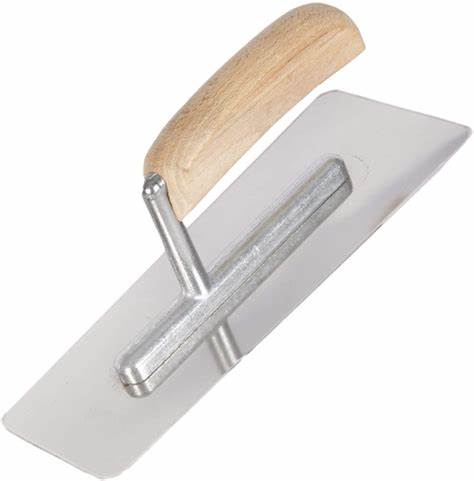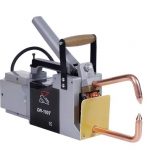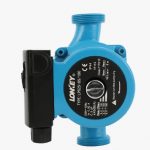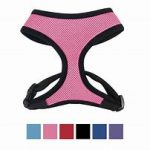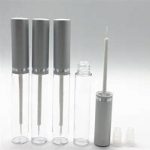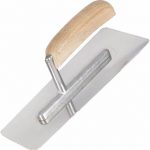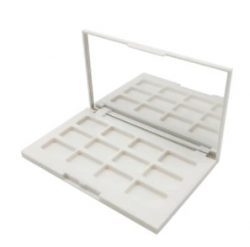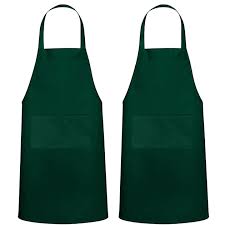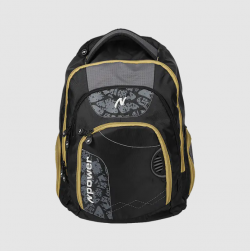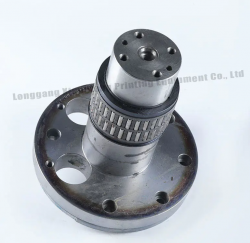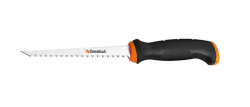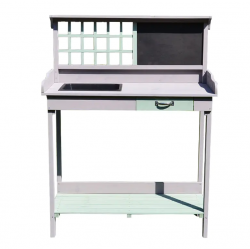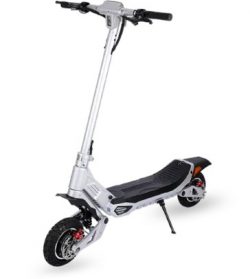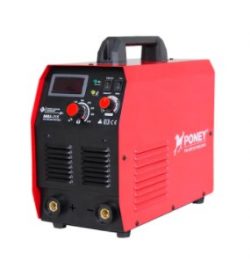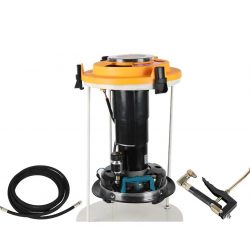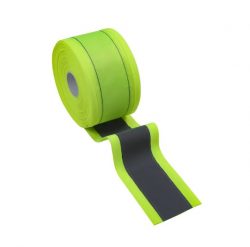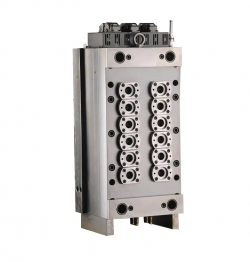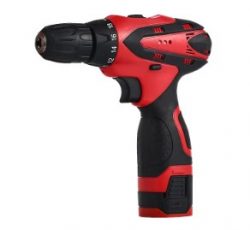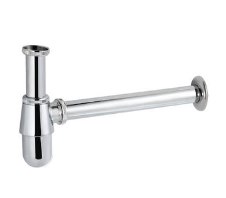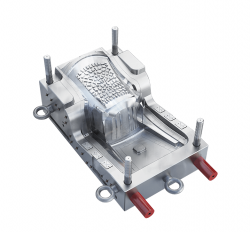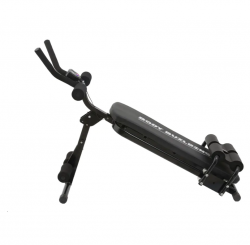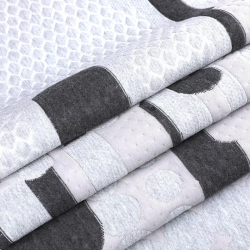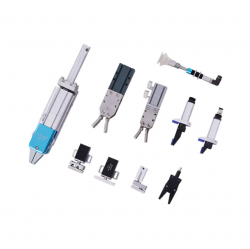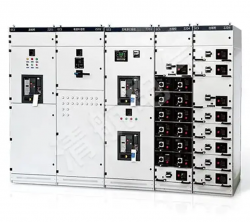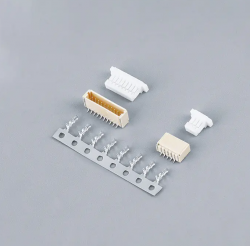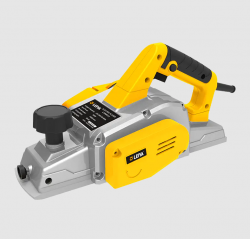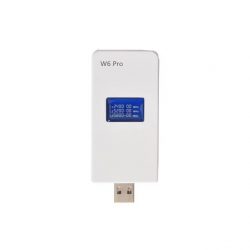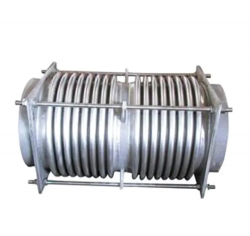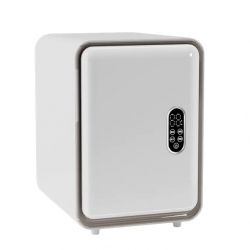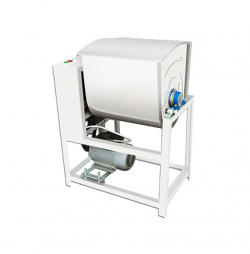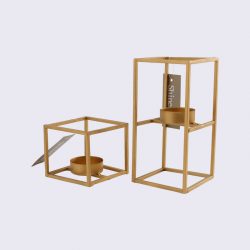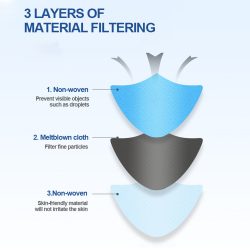Exploring Plastering Trowels: Long, Narrow, and Flexible Options
In the construction industry, plastering trowels are indispensable tools used for spreading and smoothing plaster or mortar onto walls, ceilings, and other surfaces. In this article, we will explore three common types of plaster trowel company: long, narrow, and flexible, each offering benefits and applications.
Introduction to Plastering Trowels:
Plastering trowels, also known as float trowels or finishing trowels, are essential tools for professional plasterers and DIY enthusiasts alike. These hand tools typically consist of a flat, rectangular metal blade attached to a handle, allowing users to apply and manipulate plaster or mortar with precision and control.
Long Plastering Trowel:
The long plastering trowel, as the name suggests, features a longer blade compared to traditional trowels. This extended length provides several advantages, including:
1. Increased Reach: The longer blade allows users to reach higher areas, such as ceilings or tall walls, without the need for ladders or scaffolding. This makes the long plastering trowel ideal for large-scale plastering projects in commercial or industrial settings.
2. Efficient Coverage: With its extended reach, the long plastering trowel can cover larger surface areas with each pass, resulting in faster and more efficient plaster application.
3. Smooth Finishing: The longer blade enables smoother and more uniform finishes, reducing the need for additional sanding or smoothing after the plaster has dried.
Narrow Plastering Trowel:
In contrast to the long plastering trowel, the narrow plastering trowel features a narrower blade, typically measuring between 3 to 4 inches in width. This slim profile offers several benefits, including:
1. Precision Application: The narrow blade allows for precise control over the application of plaster or mortar, making it ideal for detailed or intricate work, such as corner joints or tight spaces.
2. Reduced Waste: With its narrow profile, this trowel minimizes excess plaster or mortar, resulting in less waste and mess during the application process.
3. Versatile Use: The narrow plastering trowel is versatile and well-suited for a wide range of plastering tasks, from small repairs to larger-scale projects.
Flexible Plastering Trowel:
The flexible plastering trowel is designed with a blade that bends or flexes slightly under pressure, allowing for greater adaptability and versatility. Key benefits of the flexible plastering trowel include:
1. Adaptive Application: The flexibility of the blade allows the trowel to conform to uneven surfaces or contours, ensuring a smooth and uniform finish even on challenging substrates.
2. Less Fatigue: The flexible blade absorbs some of the pressure exerted by the user, reducing strain and fatigue during prolonged use.
3. Enhanced Control: The ability to bend or flex the blade provides greater control over the application of plaster or mortar, resulting in more precise and accurate results.
Conclusion:
In summary, long, narrow, and flexible plastering trowels each offer distinct advantages depending on the specific requirements of a plastering project. Whether it’s reaching high ceilings, achieving precise detailing, or adapting to irregular surfaces, there is a plastering trowel to suit every need. By understanding the important features and benefits of each type of trowel, plasterers can select the right tool for the job and achieve professional-quality results.
